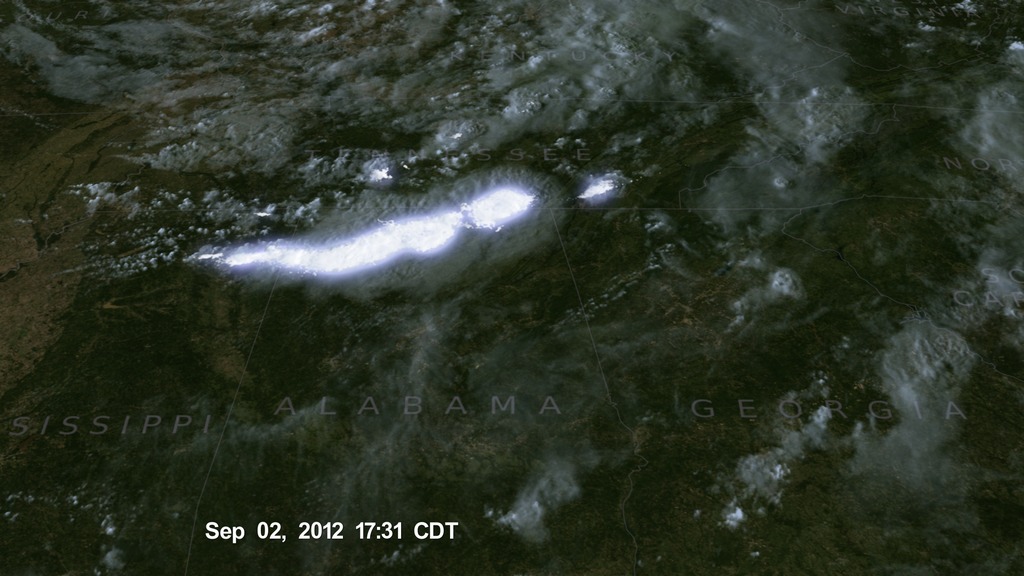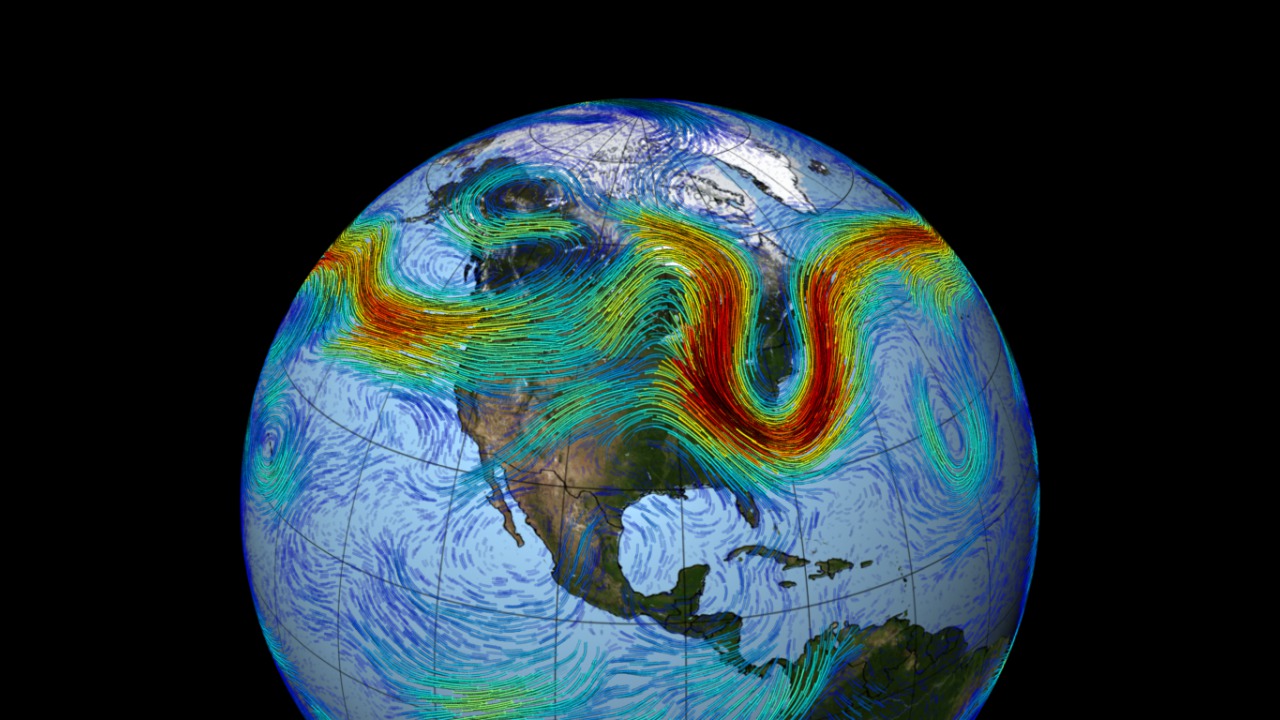Faster Weather Tracking On The Way. Feb. 23 Live Shots About Upcoming Launch Of GOES-S

B-roll to be added Thursday, Feb. 22nd at 6:00 p.m. ET
U.S. Will Now Have Two of the Most Advanced Weather Satellites Ever, Operating in Tandem
NOAA Scientists Available Feb. 23 to Talk about New GOES-S Satellite Launching Next Week
Last year’s historic hurricanes and wildfires and extreme storm systems called for fast and reliable weather forecasting. On Thursday, March 1, NASA will launch NOAA’s newest weather satellite, GOES-S, which will scan the Earth five times faster and at four times the image resolution. GOES-S is the second of NOAA’s new series of advanced geostationary weather satellites. With it, the United States will now have two of the most advanced weather satellites working in tandem to provide unprecedented coverage across the entire U.S. and most of the Western Hemisphere, from the west coast of Africa to New Zealand. This includes the northeastern Pacific, the birthplace of many weather systems that affect the continental U.S., and where there is comparatively little data.
Join NOAA scientists from 6:00 a.m. -12:00 p.m. ET on Friday, Feb. 23 — just days before launch — to learn how GOES-S will help forecasters predict and emergency officials plan for future extreme weather and natural disasters.
The new GOES-S satellite has triple the number of channels from older geostationary weather satellites, which allow it to see in different wavelengths of light, including a new near-infrared band, which can discern between snow, ice and clouds. GOES-S will track storm systems, lightning, wildfires, coastal fog and other weather hazards that threaten the U.S. – particularly in the western U.S., Hawaii and Alaska. It will also give forecasters and emergency responders more time to prepare for severe weather across the U.S. as storm systems move east. GOES-S is a joint collaboration between NOAA and NASA.
**Schedule a live or taped interview**
Michelle Handleman / michelle.z.handleman@nasa.gov / 301-286-0918
HD Satellite Coordinates for G17-K24/Lower: Galaxy 17 Ku-band Xp 24 Slot Lower| 91.0 ° W Longitude | DL 12171.0 MHz | Vertical Polarity | QPSK/DVB-S | FEC 3/4 | SR 13.235 Mbps | DR 18.2954 MHz | HD 720p | Format MPEG2 | Chroma Level 4:2:0 | Audio Embedded
Suggested Questions:
1. How will the newest, most-advanced GOES satellite improve weather forecasts?
2. Last year, we saw destructive hurricanes, record wildfire season and devastating flooding. How
will GOES-S help us better predict and prepare for extreme weather?
3. How will new technology on GOES-S help my local weather forecasts?
4. Fog can be responsible for flight delays all over the country. How will GOES-S help with aviation
forecasts?
5. Where can we learn more about the new satellite as it prepares to launch?
Questions for longer interviews:
1. What is a geostationary satellite?
2. How will the new GOES-S satellite complement other orbiting weather satellites?
3. What type of data will GOES-S provide compared with the satellite it’s replacing?
4. What kind of economic benefits might come from this satellite?
5. How do NASA and NOAA work together to use the vantage point of space to better understand
the Earth’s system?
Live Shot Details:
Location: NASA’s Goddard Space Flight Center/Greenbelt, Maryland
Scientists:
Joe Pica / NOAA National Weather Service, Director of Observations
Jamese Sims / GOES-R Satellite Products Manager
Matt Seybold /GOES-R Data Operations Manager and Product Readiness & Operations Lead Vanessa Griffin / NOAA, Director of the Office of Satellite and Product Operations
Jose Galvez /meteorologist, International Desk, NOAA's Weather Prediction Center
BROLL
Canned interview with Dr. Jamese Sims / GOES-R Satellite Products Manager. TRT 3:14. Soundbites are separated by slates
Canned interview in Spanish with Jose Galvez /meteorologist, International Desk, NOAA's Weather Prediction Center. TRT 5:09
NOTE that answers are in Spanish, but slates are in English
For More Information
Credits
Please give credit for this item to:
NASA's Goddard Space Flight Center
-
Producer
- Michelle Handleman (USRA)
-
Editor
- Michael Randazzo (Advocates in Manpower Management, Inc.)
Release date
This page was originally published on Tuesday, February 20, 2018.
This page was last updated on Wednesday, May 3, 2023 at 1:46 PM EDT.




